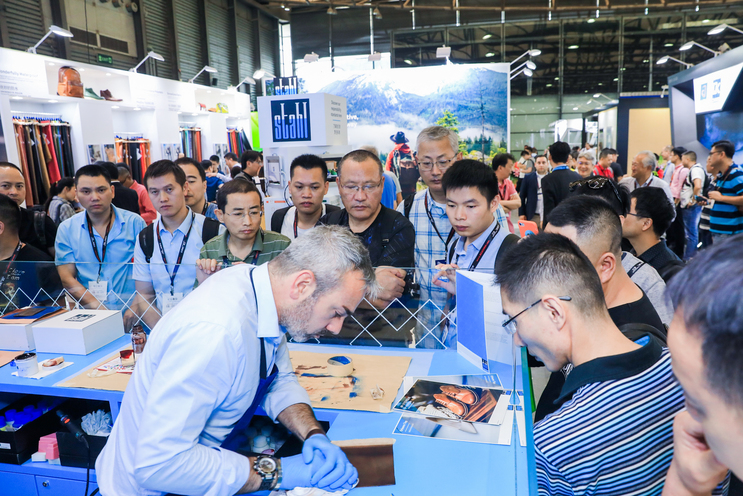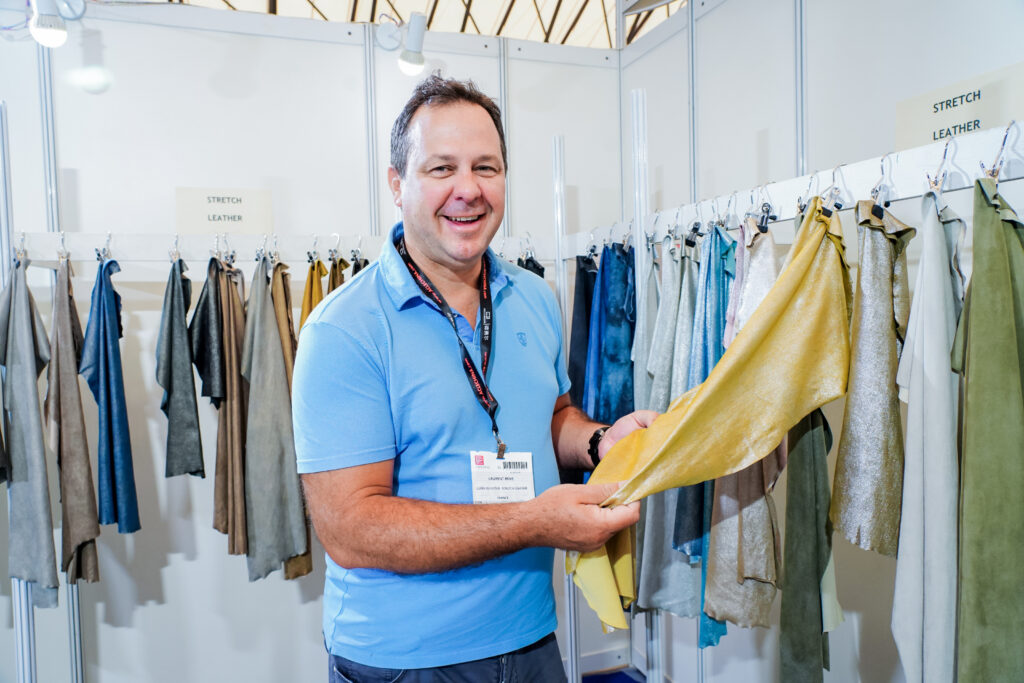11 October 2019
The All China Leather Exhibition (ACLE) took place in early September amid the announcement of China’s latest round of retaliatory tariffs toward the US. These new tariffs may mostly affect China’s salted and wet blue hide imports. The continuous escalation of China-US economic and trade frictions have greatly harmed the worldwide economy including the leather industries of China, the US as well as of other countries. However, as always the industry is resilient and optimistic, as expressed by ACLE’s exhibitors who have demonstrated remarkable ingenuity in shouldering the crisis: by prioritizing their different markets, adjusting their pricing strategies, adapting their production to sustainability requirements and last but not least, by educating consumers about the benefits of leather.









Others like the French tannery Cuirs du Futur have adopted a seminal pricing strategy, adapting their prices to the present situation. “40 per cent of our turnover is in the US and our production is in China, so we are in no good position,” deplores their Export Manager Laurent Bové. “We try to recover some markets by keeping our prices down,” he added.



We see vegetable tanning picking up again and we are happy about it as both the environment and our company benefit from this trend,” says Antonio Battaglia, Silvateam’s Leather Division Director.

APLF Hong Kong 2019 Best of APLF Award winner SCRD is also benefitting from the trend. Their Retan H, HN and Retan HB range are renewable and sustainable organic raw material and were rewarded as highly sustainable solutions for leather tanning. Unlike other vegetable tans, SCRD’s are 100% sourced from fruit and leaves, hence they cause no deforestation. Furthermore, they are obtained simply by grinding the raw materials, necessitating neither the water nor the chemicals required for traditional extraction processes. “Thanks to the increasing demand for vegetable tanned leather and the opening of new markets in Mexico we have over reached our budget this year,” acknowledged SCRD’s founder, Francois Raoul Duval.





We bring leather, material and fashion businesses together: an opportunity to meet and greet face to face. We bring them from all parts of the world so that they can find fresh partners, discover new customers or suppliers and keep ahead of industry developments.
We organise a number of trade exhibitions which focus on fashion and lifestyle: sectors that are constantly in flux, so visitors and exhibitors alike need to be constantly aware both of the changes around them and those forecast for coming seasons.